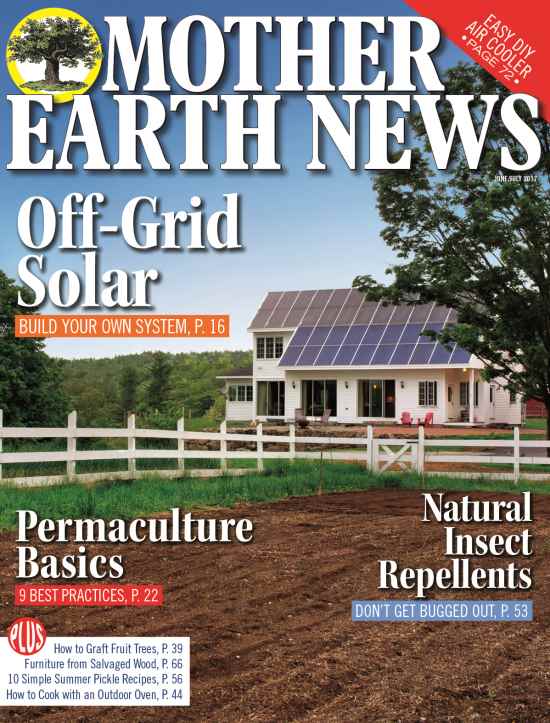Reducing output costs on the homestead can be as simple as saving seeds each year. By mirroring the habits of our forefathers, we can grow various modern and heirloom varieties of produce for little to no cost. In effect, you can multiply your initial seed investment many times over.
Being completely honest, my first foray into saving seed was born out of sheer laziness. Lettuce plants left in the garden too long naturally went to seed. This unknowingly set me up for the clandestine process of saving an heirloom varietal for the following year.
As the plants grew undisturbed, they matured as nature designed them to do. Flowers and plenty of seed filled my garden beds to the point I was forced to pull them. To keep the seeds contained I had to utilize garbage bags placed over each plant prior to pulling. By doing so, much of the seed collected together inside the bag instead of falling into the soil.
This was the exact moment a spark of thriftiness kicked me in the rear end. Why pay over $4 per pack of non-GMO, organic, heirloom seed, when all I had to do was save my own? I could literally do this for no cost beyond a little patience and time. Now that I’m selling my produce at local farmer’s markets, this method will save me money year over year!
GROWING SEED
Of course there are a few things to consider when growing plants with the intent of eventually harvesting seed. There is an art to it, but once you understand how simple it is you’ll be collecting seed in no time.
Reducing the chance of cross pollination will help secure the purity of your future plant and seed production. For instance, in the case of beans, it is important to keep different types separated. It has been suggested that different varieties be planted 100 yards or more apart. Either that, or only plant one variety of bean each seed collecting year.
If harvesting seed from an existing crop planted from purchased seed packets, be selective. By this I mean, tag plants that show resistance to disease, heat extremes and dry soil. Choose seed from pods that exhibit the desired characteristics, such as straight green pods in the case of green string beans.
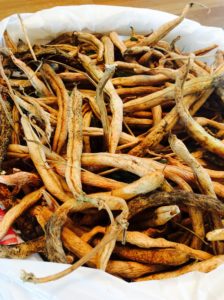
In late summer to early fall, plants will start to show their age. Leaves will turn brown, pods will yellow and selected fruits will become large and unattractive. At this point much of your garden is past the point of no return. Watering should have ceased and much of the plant matter scheduled for removal.
Many of your seeds can be harvested at this point or left on the plant to dry and further mature. If you are like me, by the end of August you might be ready to pull everything and take a breather. In this case, set up a mesh frame (think screen door material) to facilitate air circulation and natural dehydration of your seed.
HARVESTING SEED
In order for your seeds to grow in next season’s garden, ensure the seeds are mature. In most cases I leave my seed vegetables and fruits on the plant until they are dry or ready to drop and rot. This helps guarantee all seeds have reached their proper maturity.
When separating seeds from the mature pod or fruit, make sure the seed itself is healthy. Avoid saving seeds with mold, mildew, odd spots or discoloration. Rinse away all residual plant materials to prevent spoilage.
Air drying the seeds naturally is one of the best ways to be certain your seeds will be stored in a healthy, dormant state. Whatever you do, don’t employ your dehydrator or the oven to remove the moisture from your seed harvest. Placing clean seed on paper towels is my suggested method for things such as cucumbers, squash, berries, tomatoes, melons and so on.
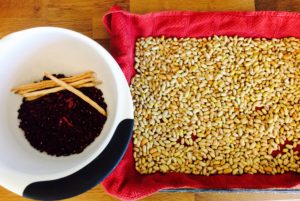
Below is a great example of varying degrees of moisture retained by seed. On the left are green string bean seeds from 2016. Pictured center are seeds taken from the current 2017 season’s dry pods. On the far right you can see seeds also from 2017 pods but they are clearly not dry enough for storage.

Other seeds that form without surrounding plant matter can be dried and collected by bunching. Dill, lettuce, spinach, and basil are just a few examples of plants that can be hung upside down to dry in bunches. After removing all leaf material, I typically cover the seed heads with a loose paper sack to catch any stray seeds that may pop off.
Various types of seed from flowers can be harvested once the plant itself dies and is dry. For marigolds, I wait until the flower heads are dry to the touch and seed can be released easily when rubbing them between my hands.
**NOTE**
If you find a variety of fruit or vegetable that is only sold in your produce aisle, just be aware that your work may all be for naught. Most produce sold by mass grocers are not harvested at seed maturity. In some cases, fruits and veggies may have been treated to retard the growth of a seed even if it was of mature age.
STORING SEED
Perhaps the most important aspect to storing seed is making sure the moisture levels remain low. Only pack away seeds once they are completely dry, never before. If you find yourself in a pickle, you can always place seed in paper (or paper towel) packets to ensure the seed has some moisture to air transfer.
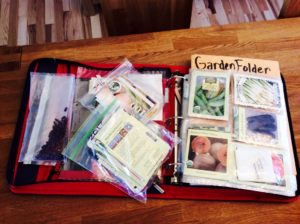
Once completely air dried, store them securely away from extreme temperature fluctuations and humidity. I like to use a binder for everything garden related. Containing all previous garden records, maps and seeds, I find that it’s nice to have everything together.
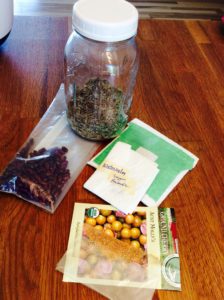
Other seeds I use for cooking are stored in sealed glass jars on the highest cupboard shelf. While still within reach of the stove, they stay as far away from the heat as possible. In the spring, I pull out some of what I have left and use them to plant that year’s crop.
IN SUMMARY
Although you may still spend money purchasing seed for your food plot, you can still effect the bottom line. With many specialty heirloom and organic seed prices soaring in cost, the effort of seed saving might be worth it to you. Especially, if you grow yields large enough to support a farmstand business.
If you come from a long line of family gardeners, don’t forget to ask family for those heirloom seeds. You just never know what you might find! Perhaps great Grandmother Gertrude had a snappy little cucumber she always made her famous pickles with? Even a friendly neighborhood seed exchange could yield something fabulous and unique.
#LifeOn25Acres





